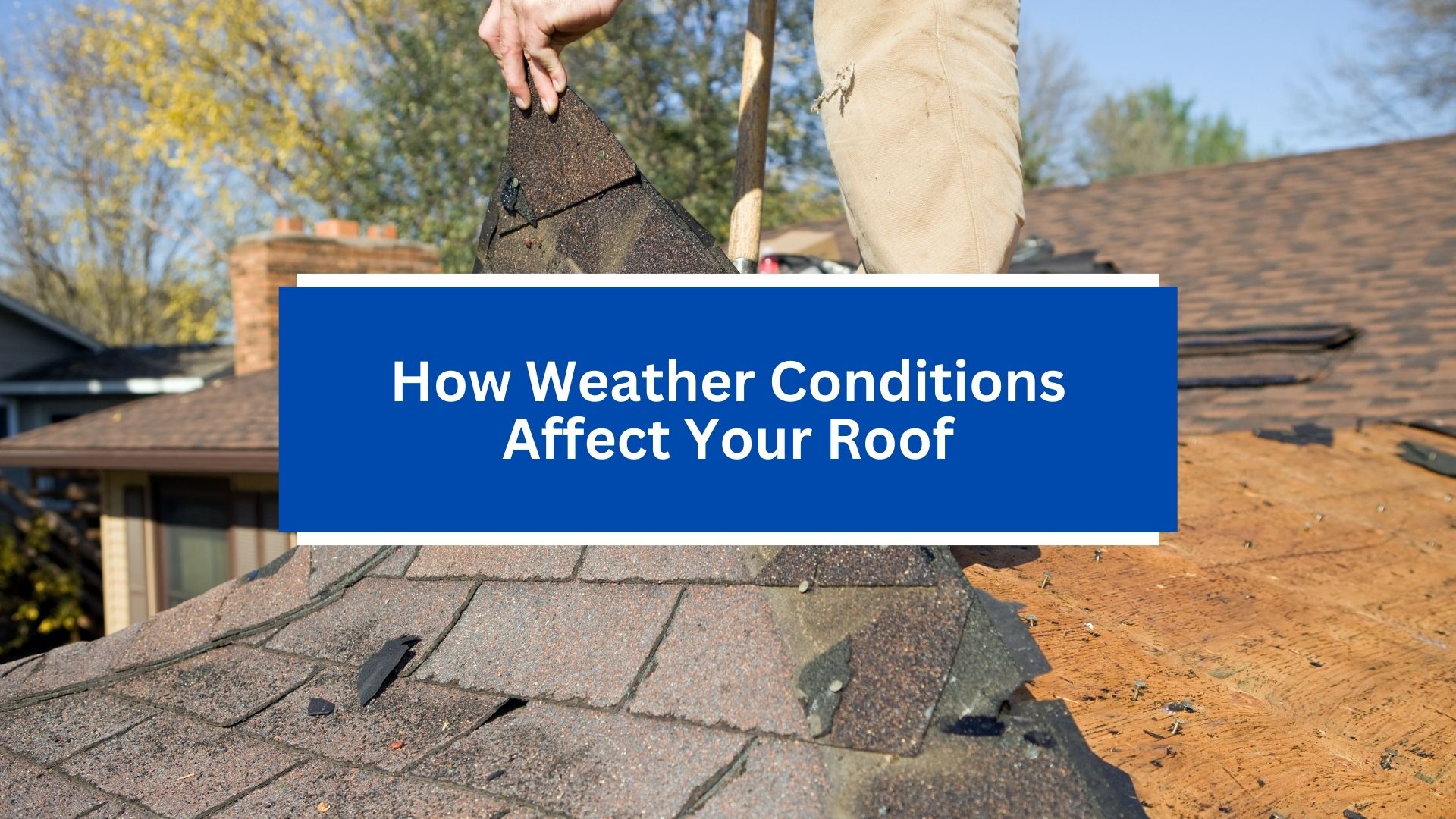Your roof is constantly exposed to the elements, making it susceptible to damage from various weather conditions. Understanding how weather affects your roof can help you identify potential issues early and take preventive measures to protect your home. In this blog post, we’ll explore the different ways weather conditions can impact your roof and provide tips for maintaining its integrity.
Rain:
Rain is one of the most common weather elements that can affect your roof. Over time, rainwater can seep into cracks and gaps in your roof’s structure, leading to water damage, leaks, and mold growth. Proper drainage systems, including gutters and downspouts, are essential for directing rainwater away from your roof and preventing water accumulation.
Wind:
Strong winds can lift shingles, tear off roofing materials, and cause debris to impact your roof’s surface. This can result in missing or damaged shingles, exposed underlayment, and weakened roof structures. Regular roof inspections are crucial for identifying wind-related damage early and making necessary repairs to prevent further deterioration.
Snow and Ice:
Snow and ice buildup on your roof can pose serious risks, including structural damage, ice dams, and water infiltration. The weight of heavy snow can strain your roof’s structure, leading to sagging or collapse. Ice dams form when melted snow refreezes along the roof’s edge, blocking proper drainage and causing water to seep into your home. Adequate insulation, ventilation, and roof maintenance are key to preventing snow and ice-related damage.
Heat and UV Exposure:
Prolonged exposure to heat and UV radiation can cause roofing materials to deteriorate prematurely. Over time, this can result in cracking, fading, and warping of shingles, as well as loss of adhesion in sealants and coatings. Installing reflective roofing materials and coatings can help reduce heat absorption and prolong the lifespan of your roof in hot climates.
Hailstorms:
Hailstorms can cause significant damage to your roof, including dents, cracks, and punctures in roofing materials. Depending on the severity of the hailstorm, your roof may require repairs or even replacement to restore its integrity. Impact-resistant roofing materials and regular roof inspections can help minimize hail-related damage and protect your home.
Conclusion:
Weather conditions play a significant role in the health and longevity of your roof. By understanding how different weather elements can affect your roof and taking proactive measures to address potential issues, you can protect your home from damage and ensure the long-term integrity of your roof. If you have concerns about your roof’s condition or need assistance with repairs or maintenance, don’t hesitate to contact MD Roofing Ltd. Our experienced team can assess your roof’s needs and provide expert solutions to keep it in top condition.


